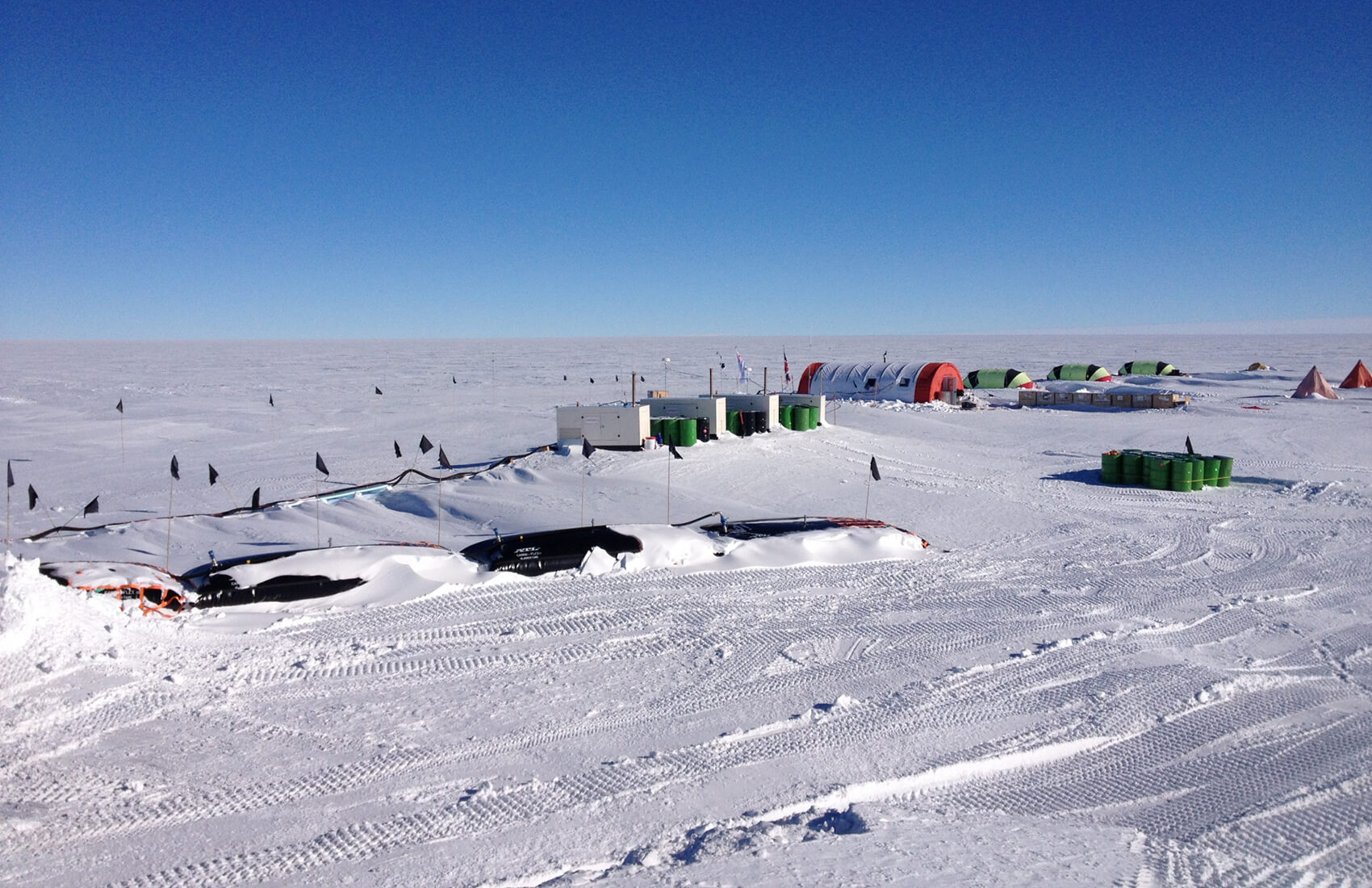In the early hours of Christmas Day (Tuesday 25 December 2012) Professor Martin Siegert, Principal Investigator of the Subglacial Lake Ellsworth experiment, confirmed that the mission to drill into the lake has been called off for this Antarctic season.
Subglacial Lake Ellsworth Project Called Off
Drilling had been proceeding well, but was stopped when the team was unable to link the main borehole with a secondary borehole used to recirculate drilling water back to the surface. We can only imagine how disappointing this must be for the project team, after so many years of careful planning and preparation. However, Siegert released a statement that was both pragmatic and optimistic.
“On Christmas Eve we took the decision to cease our efforts to directly measure and sample Subglacial Lake Ellsworth. Although circumstances have not worked out as we would have wished, I am confident that through the huge efforts of the field team, and our colleagues in the UK, we have done as much as we possibly could have done, and I sincerely thank them all. I am also hugely grateful to the UK Natural Environment Research Council for making it possible for us to attempt the direct exploration of subglacial Antarctica. Sixteen years ago, we hypothesised that deep-water subglacial lakes are viable habitats for life, and contain important records of ice and climate history. For now, these hypotheses remain untested. Once back in the UK I will gather our consortium to seek ways in which our research efforts may continue. I remain confident that we will unlock the secrets of Lake Ellsworth in coming seasons.”
Technical Difficulties Encountered
The project website provided further information about the technical difficulties they encountered.
The first borehole was drilled to a depth of 300m and then left at that depth for 12 hours to create the cavity. The second, main borehole (located 2m away from the first) was then drilled to 300m depth and should have immediately connected with this cavity. This main borehole would then continue through the cavity and down to the lake while the first borehole would be used to recirculate water back to the surface using a submersible pump. In this way, the ice cavity can be used to balance the level of water in the boreholes and hence balance the pressure from the lake upon breakthrough.
For reasons that are yet to be determined the team could not establish a link between the two boreholes at 300m depth, despite trying for over 20 hours. During this process, hot water seeped into the porous surface layers of ice and was lost. The team attempted to replenish this water loss by digging and melting more snow, but their efforts could not compensate. The additional time taken to attempt to establish the cavity link significantly depleted the fuel stocks to such a level as to render the remaining operation unviable. Reluctantly the team had no option but to discontinue the programme for this season.
Looking Forward
While the outcome was not what the Lake Ellsworth team had hoped, we would like to congratulate them on all that they did accomplish. The valuable lessons that they learned will contribute to the collective, global knowledge in hot water drilling. We also wish them well in their future investigations because, as they note, “The fundamental science questions raised by the programme remain viable, interesting and unanswered and the consortium will be preparing plans to revisit the exploration of subglacial Lake Ellsworth at some point in the future.”
Make sure you check out www.ellsworthlive.org.uk if you haven’t yet done so already. The website gives a fantastic overview of the project and the team has promised to upload more videos and images of their last days of work.





